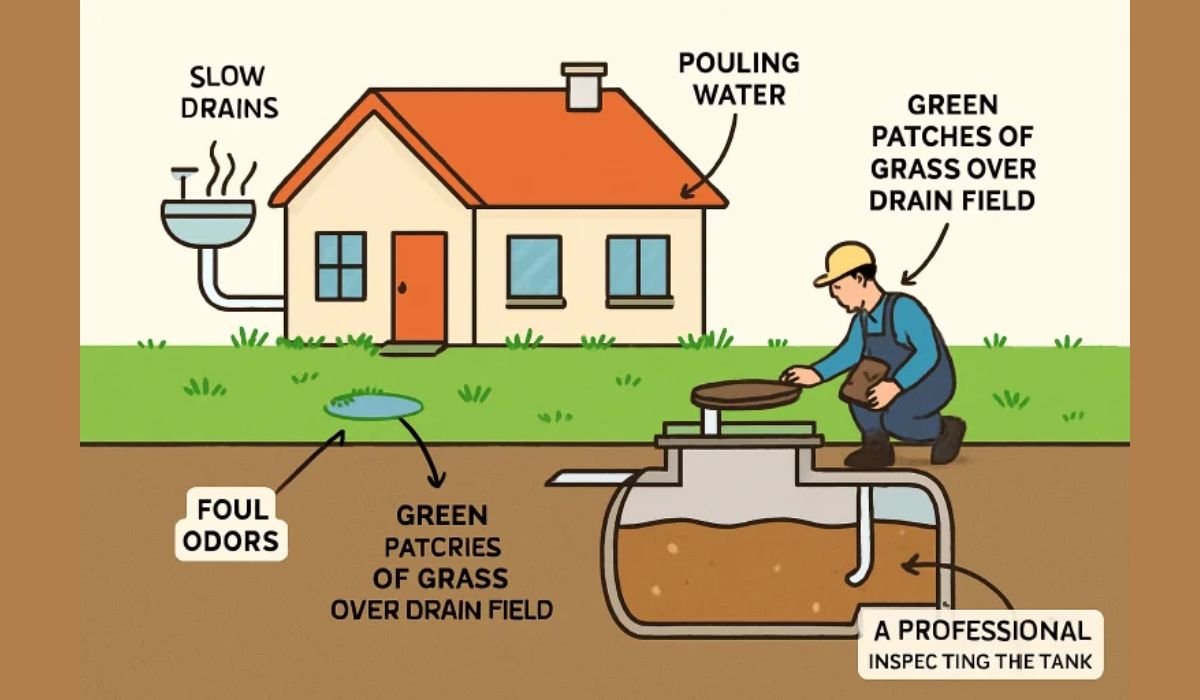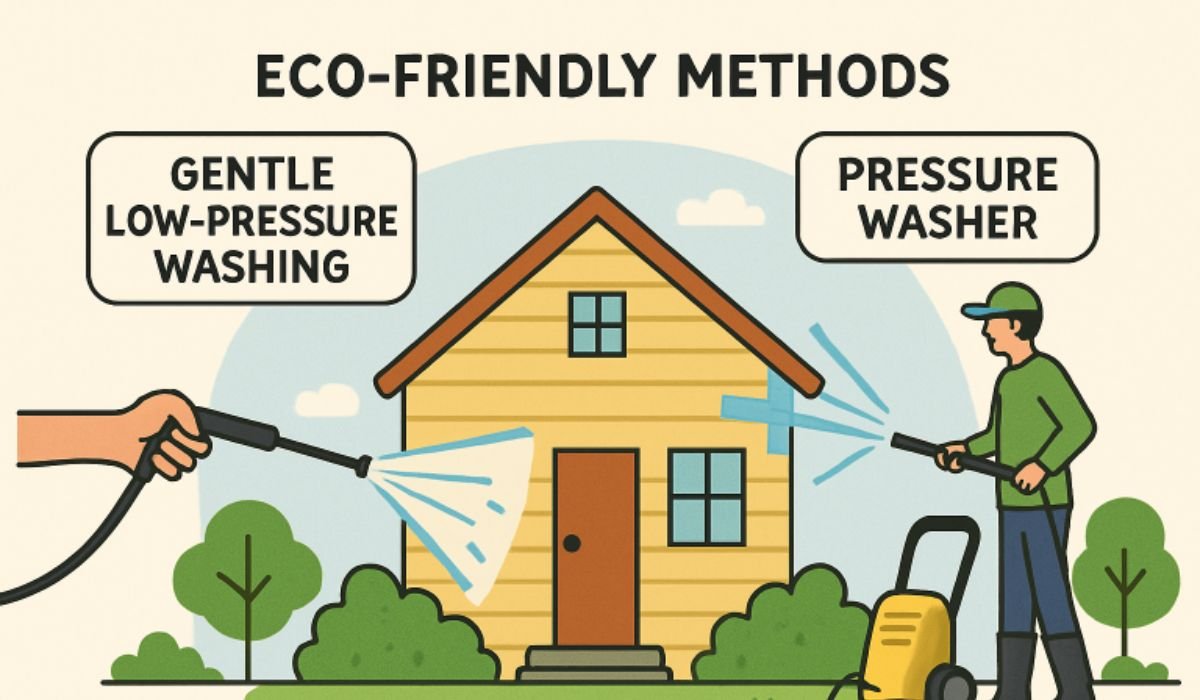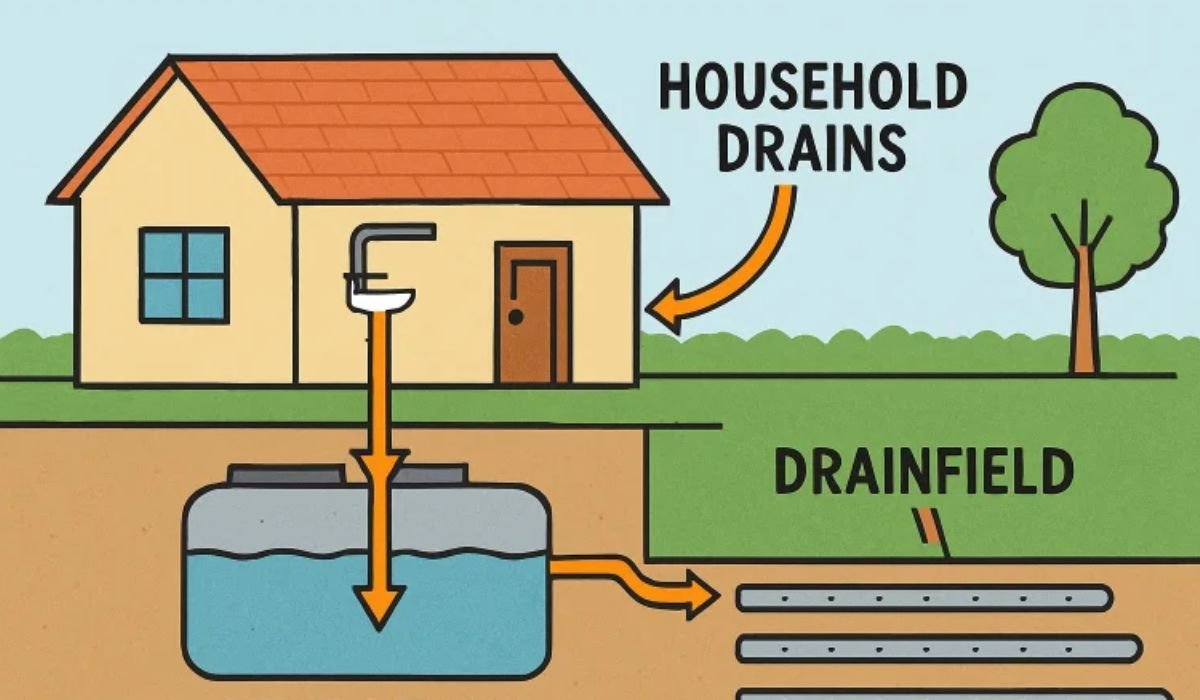Key Takeaways
- Understand the importance of weatherproofing your front door to enhance comfort and energy efficiency.
- Learn about common weatherproofing materials and their applications.
- Discover detailed steps for effective weatherproofing.
- Gain insights on maintaining and troubleshooting weatherproofing solutions.
Why Weatherproofing Matters
Weatherproofing your front door is more than just a seasonal task; it’s an essential part of home maintenance that enhances comfort and reduces energy bills. A well-sealed door can prevent cold drafts in the winter and keep cool air inside during the summer, creating a more stable indoor climate. When considering a new front door, weatherproofing should be a priority. Effective weatherproofing may save a homeowner’s yearly heating and cooling expenses up to 15%, according to the Department of Energy.
Beyond energy efficiency, weatherproofing helps in preventing moisture from entering your home. Over time, moisture can cause mildew, mold, and even structural damage. A properly insulated door creates a barrier against environmental elements, safeguarding your home and making it a more comfortable living space. The general durability and functionality of your house’s heating and cooling systems may be enhanced by ensuring your door is properly sealed and insulated.
Common Weatherproofing Materials
Several materials and tools can be utilized to achieve effective weatherproofing. Each has a distinct function and works best when combined with the others.
- Weatherstripping: This substance fills gaps and stops drafts around the door’s edges. Various types of weatherstripping include adhesive-backed foam tape, V-strip, and door sweeps. Installing weatherstripping is simple and immediately improves air leak reduction.
- Door sweeps: Located at the base of doors, door sweeps keep out breezes, dust, and insects. They consist of a metal strip with a flexible rubber or bristle seal that presses against the threshold. Door sweeps are vital for sealing the area under the door, where cold air is most likely to enter.
- Caulking is applied around door frames to seal any cracks or gaps. It can fill gaps and stop drafts around the door’s edges. Various weatherstripping types include adhesive-backed foam tape, V-strip, and door sweeps. Installing weatherstripping is simple and immediately improves air leak reduction spaces between the door frame and wall or around the door’s perimeter. High-quality caulking ensures no gaps for air to penetrate, enhancing the overall insulation of your home.
Steps for Effective Weatherproofing
Weatherproofing your front door can be a straightforward DIY project. Following these steps will ensure your door is properly sealed against the elements.
- Begin by inspecting your door for any gaps or cracks. Close the door and examine the edges and the bottom to detect any light shining through or feeling drafts. Make a note of any problematic areas.
- Measure and cut weatherstripping to fit the edges of your door. For adhesive-backed foam tape, cut strips to the length of the sides and top of the door frame, peel off the backing, and press it firmly into place. Ensure it creates a snug fit when the door is closed.
- Install a door sweep at the bottom of the door. Determine the type of sweep needed for your door—under-door or bottom-mounted. Attach the sweep firmly, ensuring it makes consistent contact with the floor to prevent drafts. Adjust as necessary for a tight seal.
- Apply caulking around the door frame to seal any remaining gaps. Cut the caulking tube’s nozzle at a 45-degree angle for optimal application. A caulking gun is used to apply a continuous caulk bead along the door frame’s outer edge. Smooth the caulk with a damp finger to ensure complete coverage.
Insulation Benefits
Proper insulation and weatherproofing of your entry door can significantly improve your home’s energy efficiency. The appropriate insulation techniques protect your home from extreme weather conditions, creating a more comfortable living environment. You stay warm in the winter and cool in the summer, reducing the strain on your HVAC system. Effective weatherproofing minimizes the work required from your heating and cooling systems, resulting in less energy consumption and lower utility bills.
Insulated doors can also reduce greenhouse gas emissions. According to Energy Star, using energy-efficient doors and windows is a crucial strategy for homeowners aiming to reduce their carbon footprint. This environmentally friendly approach benefits not just your household but also the planet by decreasing the demand for energy production from non-renewable sources.
Maintenance and Upkeep
Regular maintenance is essential for sustaining the benefits of weatherproofing. Even the best weatherproofing measures can maintain effectiveness with periodic checks and updates. Inspect your weatherstripping and door sweeps periodically for any signs of wear and tear. Look for areas where the adhesive may have weakened, the material has cracked, or the sweep no longer contacts the floor evenly.
Replace any damaged materials promptly to maintain an effective seal. Weatherstripping and door sweeps are inexpensive and simple to replace; investing time and materials pays off in long-term energy savings. Reapply caulking as needed to address new gaps or cracks that may develop. Caulking is especially susceptible to shrinking and cracking over time, so it’s essential to check these areas at least once a year.
Addressing Common Issues
Even with proper weatherproofing, you might encounter some common issues that require attention. Condensation on your door, for example, could indicate inadequate insulation or high indoor humidity levels. To address this, ensure that your door’s insulation is up to par and consider using a dehumidifier in areas prone to moisture buildup.
Persistent drafts can indicate that your weatherproofing materials must be correctly installed or need to be more sufficient for your local climate. Double-check the installation of your weatherstripping and door sweeps. Sometimes, adding a second layer of weatherstripping can enhance the seal. Additionally, inspect the door for warping or structural issues that might compromise its ability to close tightly.
Real-Life Examples
Consider the case of a family living in a colder climate who noticed a significant drop in their heating bills after properly weatherproofing their front door. They replaced their old weatherstripping and installed a new door sweep, resulting in fewer drafts and a more consistent indoor temperature. Not only did they experience a more comfortable home environment, but they also saw a return on their investment through decreased energy bills.
Another example involves a coastal home that benefited from added protection against moisture and salt air corrosion by sealing its doors effectively. The homeowners applied caulking around the door frames and installed high-quality weatherstripping, successfully preventing moisture intrusion. As a result, they avoided costly repairs and enjoyed a more stable indoor climate, free from the dampness often associated with coastal living.
Final Thoughts
Weatherproofing your front door is essential for safeguarding your home from the elements while boosting energy efficiency. Weatherstripping, door sweeps, and caulking can create a durable barrier against drafts, moisture, and pests. Regular maintenance ensures that your weatherproofing remains effective over time. These tips enhance comfort and contribute to long-term cost savings and environmental benefits.
Incorporating a new front door into your home’s weatherproofing strategy can produce optimal results. Whether you want to reduce energy costs, improve home comfort, or protect against environmental elements, effective weatherproofing is critical to home maintenance. Ensure your front door meets the task by selecting high-quality materials and performing regular upkeep.











